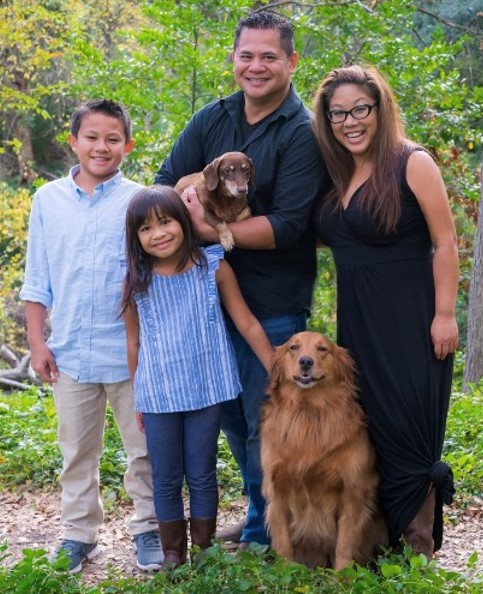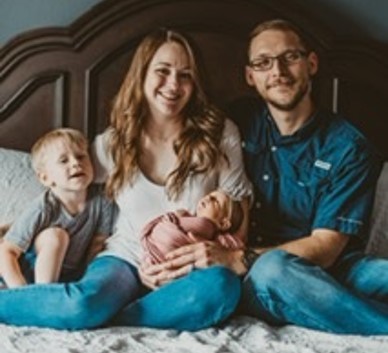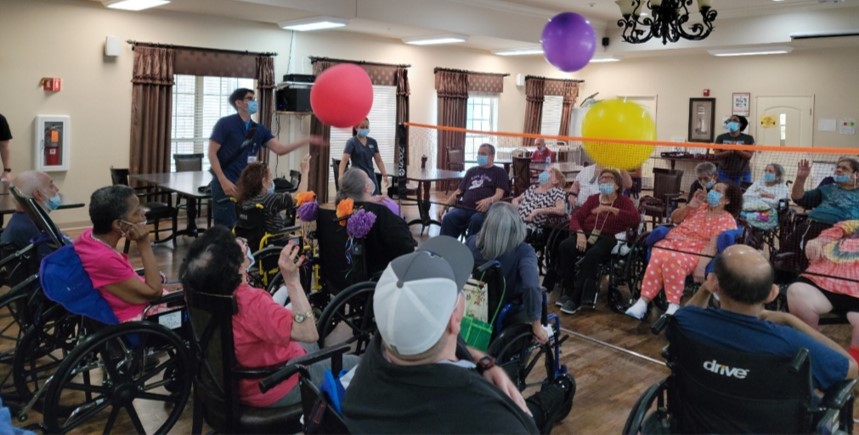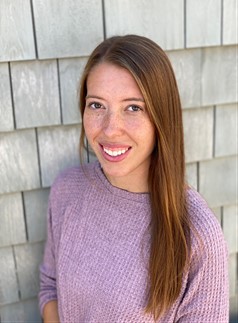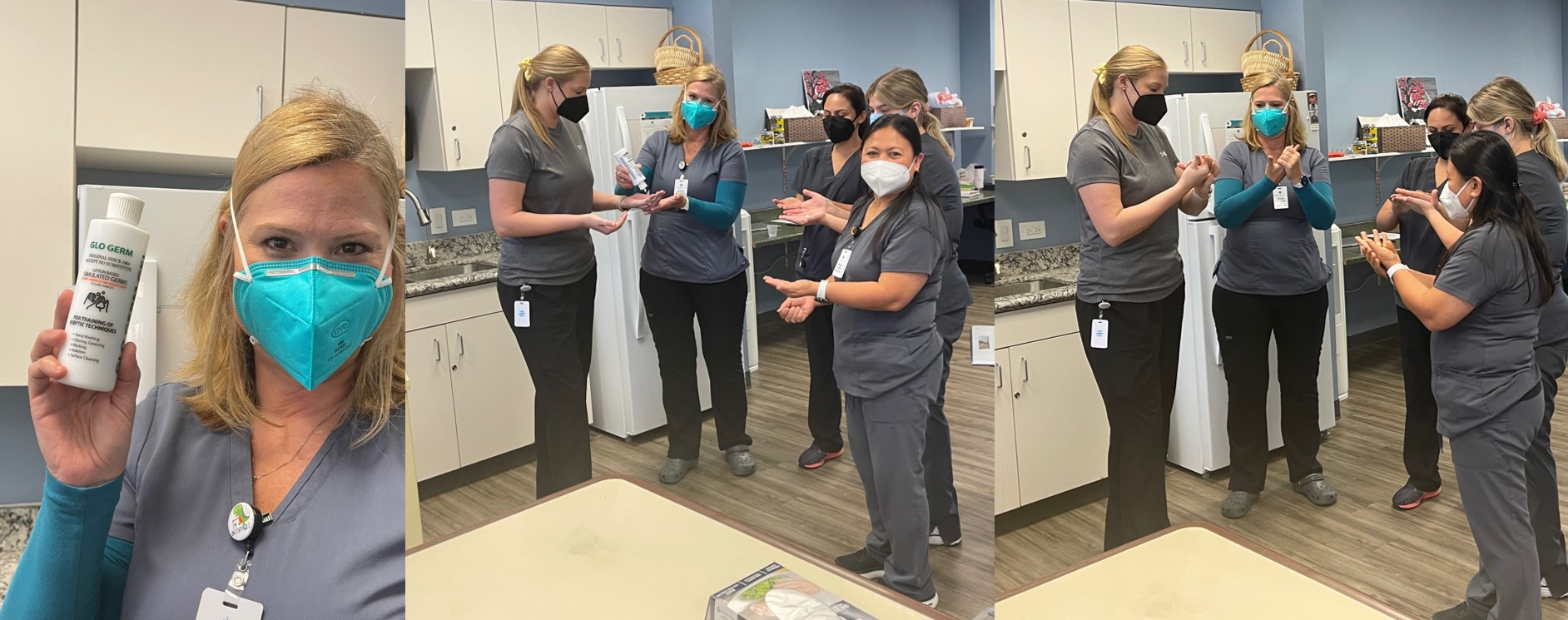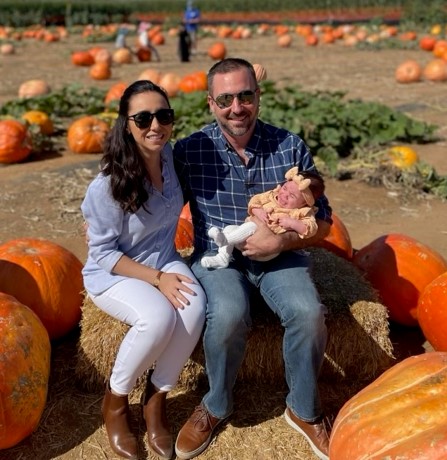Submitted by Cara Koepsel M.S. CCC-SLP, Therapy Resource, CTO – Keystone North Texas
#OneClinical has been a big focus for us here in Keystone this month! We have been piloting and rolling out Ultramist, a wound care treatment tool, in several of our facilities throughout the state and have seen some amazing results. In our efforts to partner with nursing and assist with great outcomes and quality measures through our LTC programming, Ultramist has shown us the way. Our very own Dustin Rex, DPT and CTO at Park Manor Bee Cave, presented on the benefits he and his team in Apex have seen with wound healing and QMs during our company-wide therapy leadership call this month. Below is a clinical synopsis from one of our outstanding Physical Therapists at Heritage Gardens. He shares with us the success their team has seen with Ultramist during the pilot at their facility. This is such a fantastic way for us to partner with our nursing team and show our love for #OneClinical programming, while providing great care to our residents!
“The experience with Ultramist was really remarkable. We had a wound care patient (GV) referred by the Wound Care Nurse, Stephanie. The case of the patient was a diabetic wound on the left heel about 3cm (LxW). There was still significant red and pink soft tissue with callous present upon the initial trial. Stephanie extended help to take off the wound dressing and volunteered to redress the wound after the Ultramist treatment. GV was place in supine lying with the left hip internally rotated to expose the diabetic wound. The ease of the application as the patient was actually tired and asleep during the initial encounter and no pain nor discomfort was noted by GV nor the husband that was observing during the treatment session. The patient was treated 3x a week and only needed 4 total sessions to have the wound care nurse discharge the wound care treatment as it was healed successfully. I believe the Ultramist works and is beneficial for patients with diabetic ulcers.” – Francis Espinola, DPT

